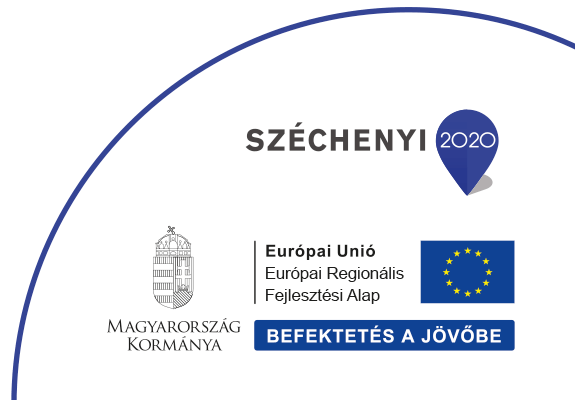Szabó Péter
Miklósy István püspök és az első egyházi törvénykönyv (CIC’1917). Új levéltári adatok
Tartalom
Péter Szabó: Bishop István Miklósy and the First Code of Canons (CIC’ 1917) – New Archival Data The local extension of the legal force of CIC’1917 to the Eparchy of Hajdúdorog in its day represents a worthwhile theoretical question as well, apart from the recrudescent practical uncertainties brought about by this step especially in terms of the assessment of the formal validity of mixed marriages at the time. With the help of newly discovered archival material, the present paper demonstrates that István Miklósy, Bishop of Hajdódorog, was fully cognisant that Cardinal Gasparri’s response in no way authorised him to introduce the Latin Code in the Eparchy of Hajdúdorog comprehensively. (The extension of the Latin Code to their Eparchies had been requested by the Byzantine Eparchs of Mukachevo (Munkács), Prešov (Eperjes) and Hajdúdorog in a joint petition to Benedict XV in 1918. Although, in the reply, the idea of extension was received favourably, its implementation was at best envisaged only as possibility, without directly approving it under the force of the letter in question. Presumably, this was the reason why Miklósy, who – in an effort to consolidate the earlier unity of the law obtaining in relation to the Latin Church – regarded the introduction of the Latin Code in Hajdúdorog as urgent mainly in the area of marriage law and procedural law, had recourse to an extraordinary arrangement. He interpreted a phrase in Gasparri’s letter that was no doubt suggestive of openness in terms of complying with the request at some point(!) as actually implying the extension of the Code of Canons to Hajdúdorog. In addition, the recently discovered correspondence also reveals that, as distinct from Miklós Rusznák’s position indicating interest in Byzantine proper law (iura propria Graecorum) as well, Bishop Miklósy clearly preferred universal law to this local law almost unilaterally. More specifically, he was in favour of applying CIC’1917 as widely as possible in his Eparchy

